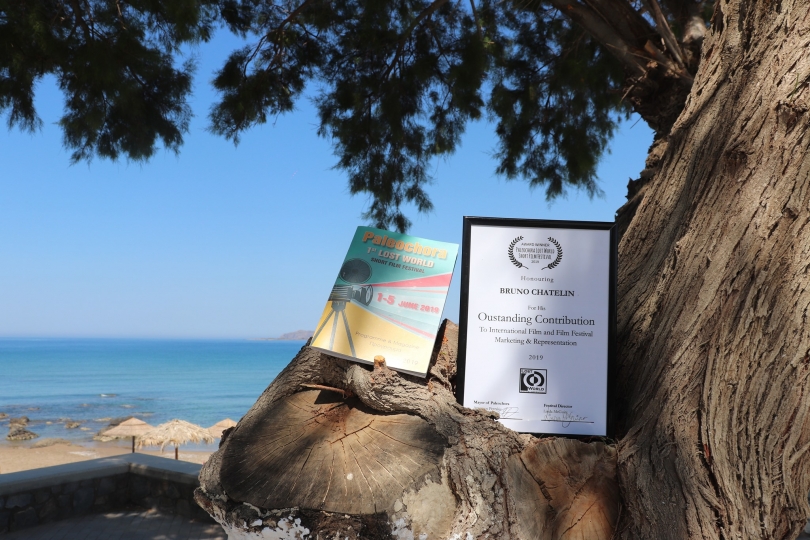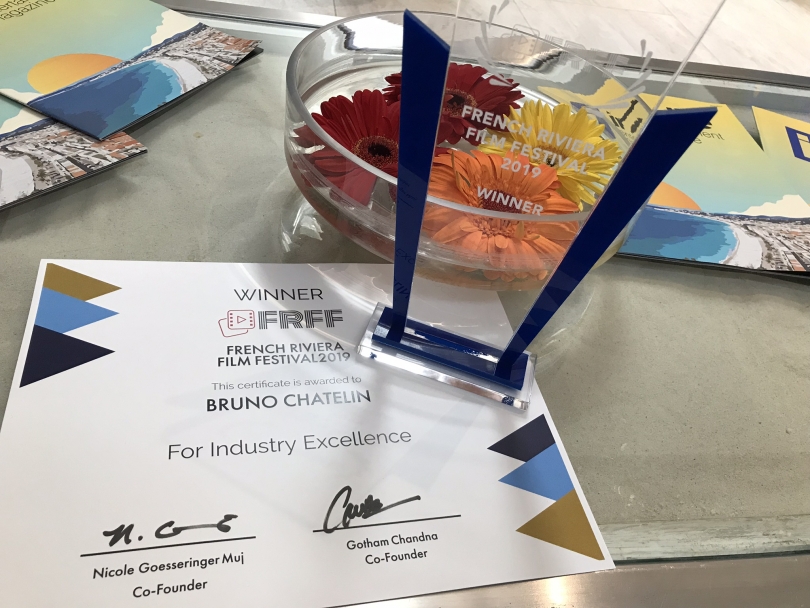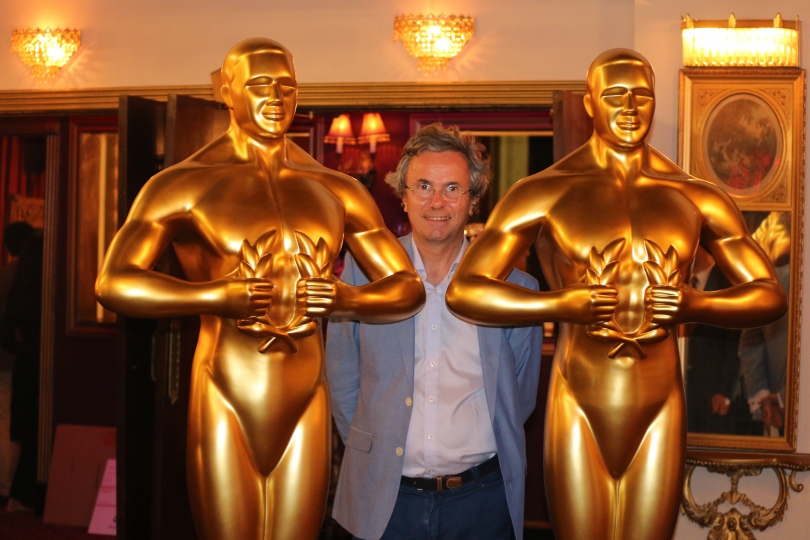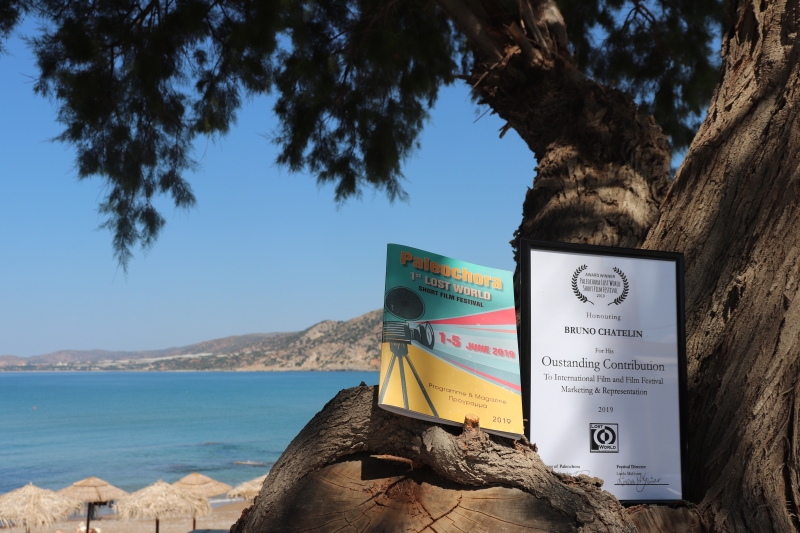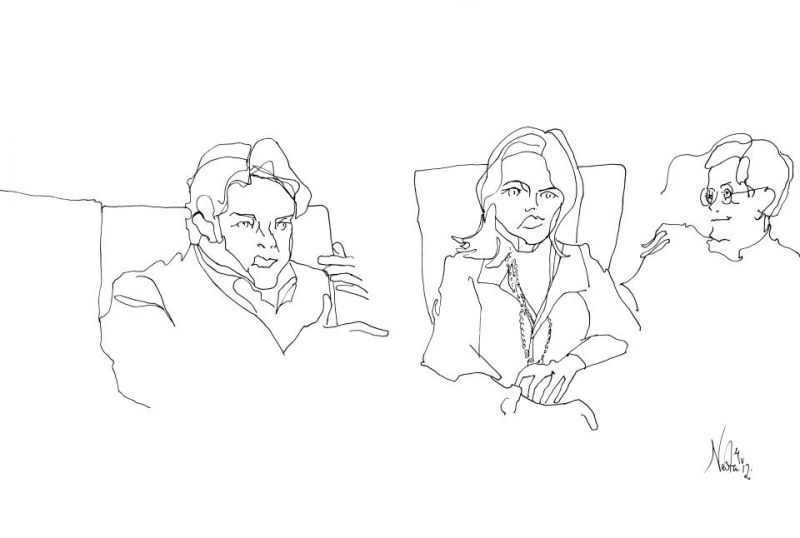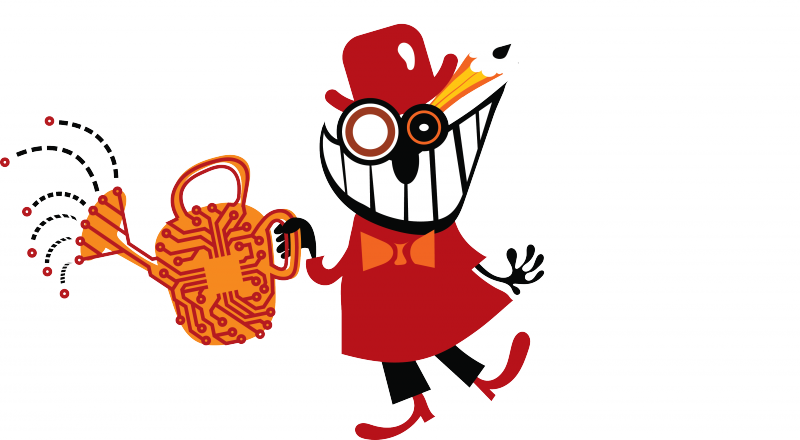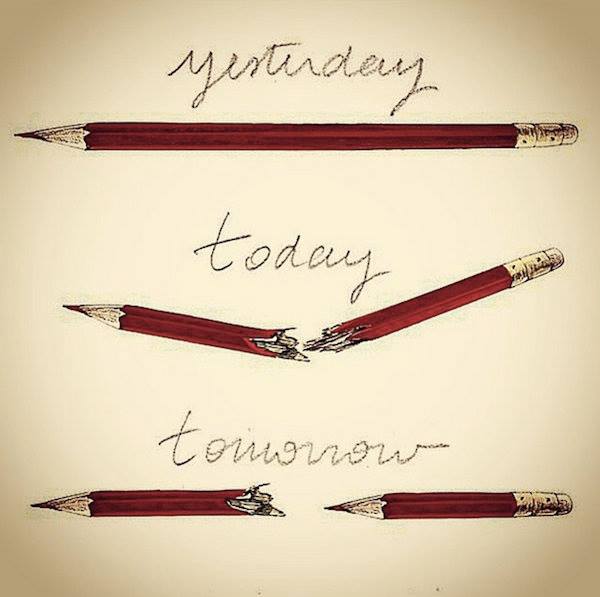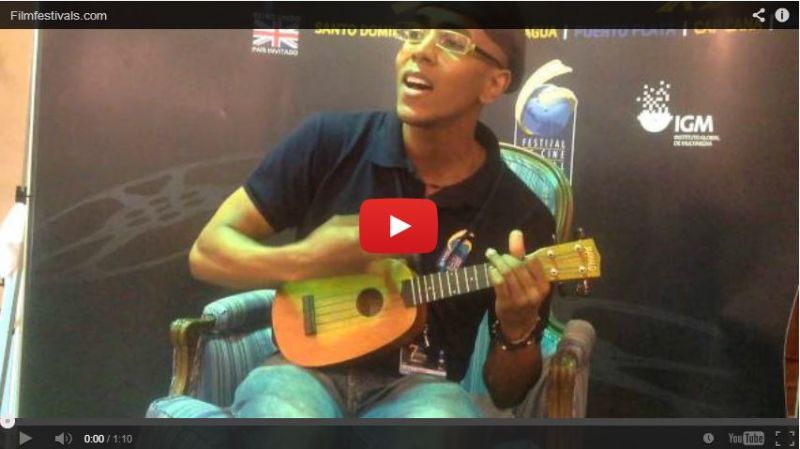Cameraman: The Life and Work of Jack Cardiff, might be more aptly titled, "Painter, Photographer, Inventor, Explorer, Cameraman, and Director: The Life and Work of Jack Cardiff." There hasn't been many whose obituary reads, born in 1918, entered the industry as a child movie actor at four years of age, studied impressionist painters, was one of the first to use color in film, commenting that "color is light, and light is color ", was the first to have to scout remote movie locations in a time period when many had never even left their hometown, had a love of women, and had worked side by side with Marilyn Monroe, Audrey Hepburn, Humphrey Bogart, Kirk Douglas, Sophia Loren, as well as directors, Alfred Hitchcock and John Huston however, Jack Cardiff's did. Martin Scorsese recently introduced the movie, "Cameraman: The Life and Work of Jack Cardiff," directed by Craig McCall at the British Film Institute, last week, describing Jack as "one of the last pioneers of movie-making and one of the first artists that gave us color. He was able to create images of beauty and heart-stopping dynamism. Once seen, never forgotten the images are loved, they will never fade, while Thierry Fremaux introduced the movie with director Craig McCall last night, May 16th at the 63rd Cannes Film Festival.
Please see the following footage soon to be uploaded:
Interview with Craig McCall
Sharon Abella: Speak about how Jack Cardiff applied his love of art, painting, and color, towards his work as a cameraman.
Craig McCall: "Well, I think what is interesting about Jack, as is stated in the movie, was that Jack was very intuitive. He died last year at 94 years old, he grew up during the 1920's in Britain. There was no social structure, his parents were vaudvillian, and he went to 300 schools. The first thing that really engaged him outside the bubble of vaudvillian world, was art. Why I am attracted to Jack? I don't think there is anything wrong with the classical formal art education, but I did not have one, and I think I was attracted to Jack because, I wanted to make this an inclusive film, something that draws you in. There's nothing more off putting than someone lecturing you on Caravaggio or Turner. I do not mean any disrespect to any Ivy League professors, Jack is a vehicle to inspire people. When you see him standing in front of the Turner painting in The National Gallery, this is someone whose films you seen, therefore you are several steps closer to him, and several steps closer to being inspired. That's why I think Jack is a fantastic person. He also proves it by copying great painters, Boucher, Fragonard. Because my film does not have voiceovers, you just cut to his work. So, you see, there he copied a Boucher, there he copied a Fragonard, a Monet, a Cezanne. It's very refreshing to hear someone say, "I wanted to copy." That's what I think is brilliant about him, and then applied it into his cinematography."
Sharon Abella: Q: How does his use of brush strokes get applied to his cinematography?
A: Craig McCall: "I think there is two sides. There's using words to kind of describe taking color ideas from Van Gogh, or lighting ideas from Turner, are always constricting. That's why I thought a visual documentary was a very good vehicle. So when Jack started to place them in stories, I think they got heightened. When they use technicolor in Britain in the late 40's, it really stood out. The idea of doing small, intimate stories using technicolor was very unsual. In the States predominantly the studios were only given an extra 30% to do Westerns, outdoor pictures or musicals. They didn't see any justification of making any intimate detailed stories at that time in color. It's hard to understand now, but when you are watching "Black Narcissus", when Jack worked on with Michael Powell and Emeric Pressburger,which Jack won an Oscar for in 1947, a story about nuns going insane in Himalayas in color, the reason why people are so impressed, and the reason it kind of exploded in the States, and the reason why hhis name was so well known, was because he was using color in a very different way. The American cinematographers were being corralled into shooting in a different format. Michael Powell and Emeric Pressburger said, "we'll use color as another element of telling these stories."
Q: Talk about his innovative ways of making a gray sky turn blue.
A: Jack literally would what's know as map painting with glass filters. If a sky was gray, Jack would suggest to directors, "I will paint it in". Rather than saying, "it's a gray sky, we can't shoot," those days, there was no recourse to CGI. Instead of waiting three days for a blue sky, or going to a studio, he would just paint it. So whether it was in England, where he would create the effect by breathing on the lens to create fog, and as his breath evaporated on the lens, or in the big studios when he was doing "War and Peace", you are shooting with Dino Delaurentis and Carla Ponte, he would just paint in sky for a duel scene with Henry Fonda, but it was set in Russia. Jack worked like a kid with a big toy box. Of course there was a very serious side to him technically, but I think why a lot of directors are attracted to him was because he was fast, but also because he kept bringing artistic ingenuity into practical situations."
Q: Was this for budget reasons or just because he was being creative, or a little bit of both?
A: "A little bit of both. He pulled it off.
Q: Thelma Schoonmaker had said that the budget for most films made back then was what she called, "coffee money on both movie sets these days", and the result was an amazing film made with a low budget.
A: "They had to be very inventive. Time was always pressing. I don't think the time aspect has ever changed. Time was always pressing with actors/actresses on set. Even when he was a camera operator working with Marlena Dietrich, he was learning things of other American cinematographers, and Jack learned a lot from American cinematographers. He had a huge debt of gratitude to American cinematographers that he worked under like Harry Stradling, Ray Hanrahan. These were all big Oscar winning directors of photography."
Q: Talk about Jack being ahead of his time location scouting and traveling to the most remote locations, such as the Congo for "African Queen". A time period when most hadn't left their own country.
A: "The key was when technicolor decided to break out into the world outside the United States, they put a studio in London, and one in Italy. They needed technicians, they couldn't keep sending American technicians, so they needed home grown technicians to start teaching. Technicolor wasn't all in one system. It was the film, it was the camera, it was the processing, and it was the final print. It seems that was the whole deal until 1955. Jack was given the key to that by being the trainee because of his art history background. That meant that he started shooting some of the first films that people would see back home. Little travel logs in India or the Middle East. You have to remember when you went to the cinema in 1936, most people hadn't been outside of their country. Despite the Second World War, where a lot of people went off and fought, and traveled, at that time, to even see Rome in color, to see Paris in color, was extraordinary. "
Q: Talk about his diversity, as a photographer, cameraman, director.
A: "The actual inclination, the knee jerk is to say, well cameramen are all interested in photography. Jack always, always watching the actors. I think he kept that quiet. I think with certain directors, he said it to Richard Fleiscel, when he was doing "The Vikings", he was very good friends with him and trusted him, and said, "Actually, I really do love acting." In regards to photography, Jack just wouldn't stop. He was fascinated by images. He would take actresses off the set. Audrey Hepburn, on "War and Peace, Marilyn Monroe, with "Prince of the Showgirl", he was very clever, he became like "The Greatest Liutenant. I think thats why the producers and directors liked him. American studios liked him because he did a lot more than shoot beautiful films. He gave confidence to lead actresses. The result of that, when you look back, actress portraits, his paintings, and his drawings, when you look back I've got sketches of Marlena Dietrich, and ends with photographs in the 70s. He started off as a child actor in 1918, performing in film in the silent era, and ending in his 90's. There aren't many who worked in the film industry at his level."

 Chatelin Bruno
Chatelin Bruno 
















